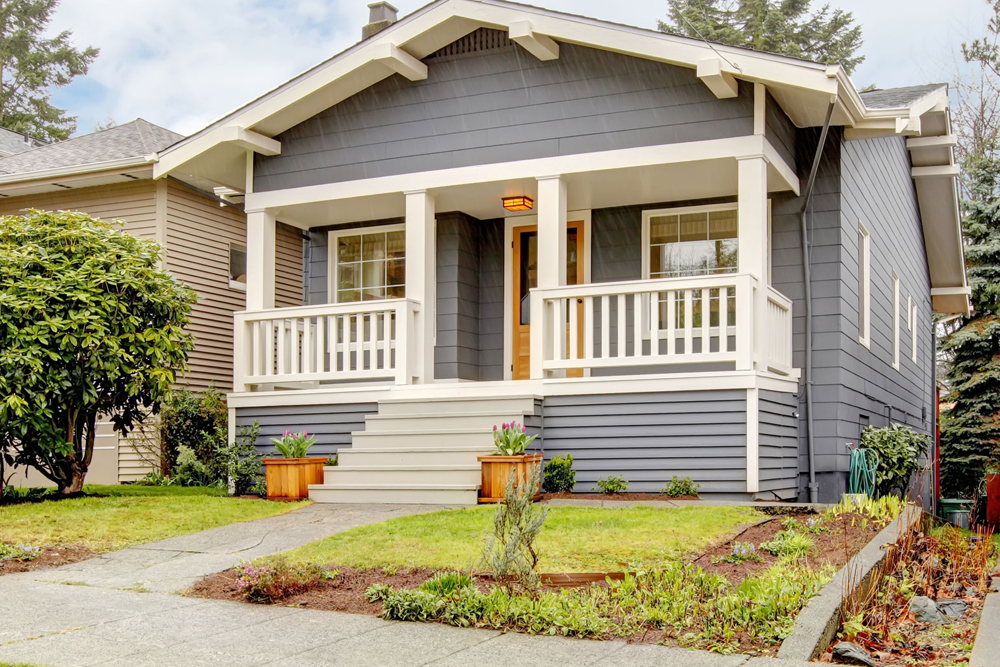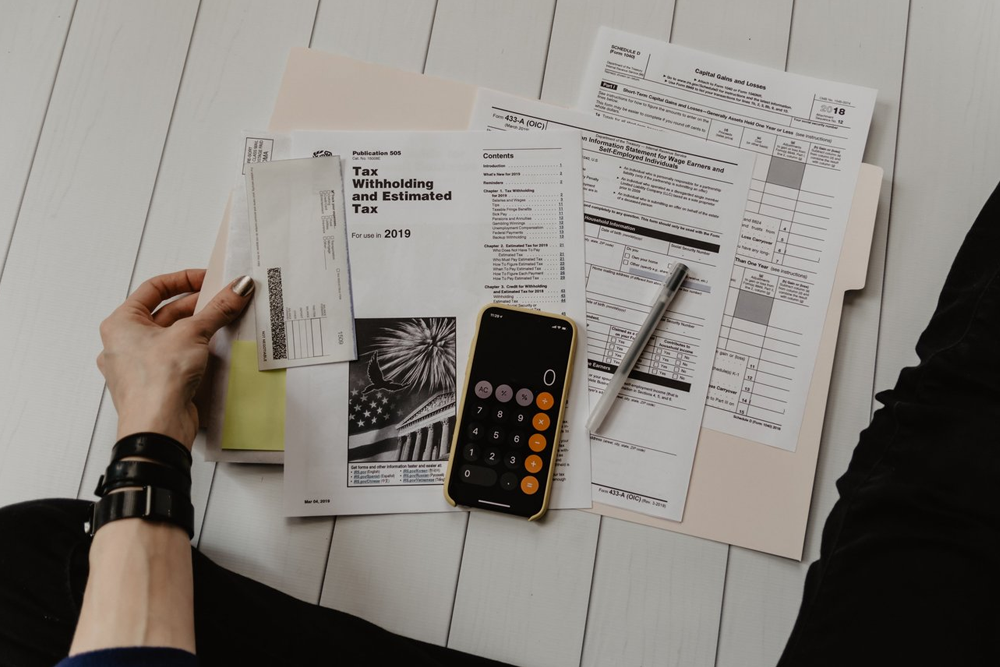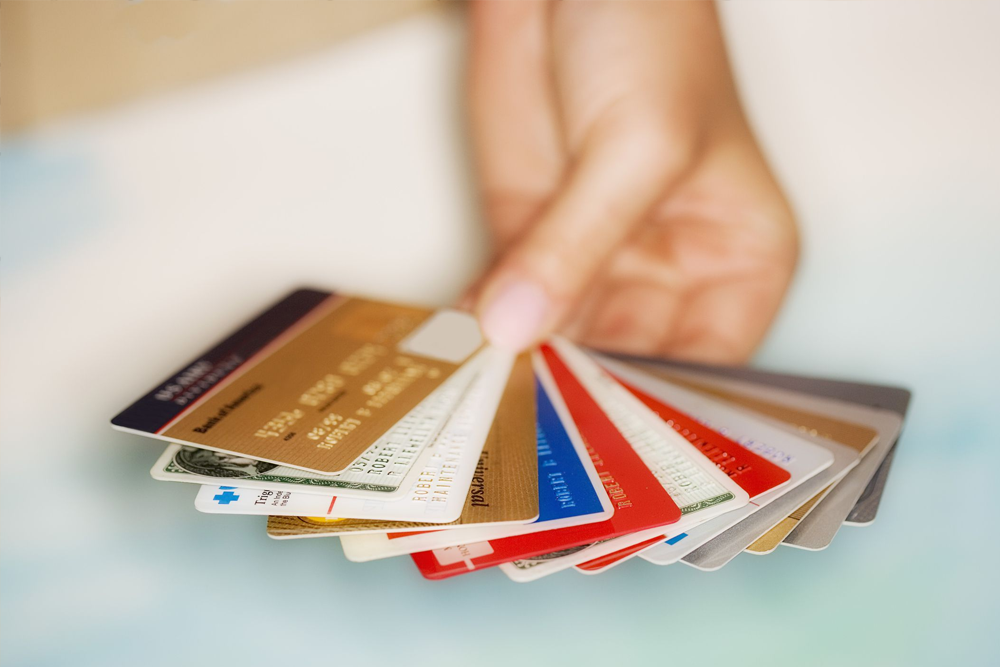There is no right or wrong way to budget your money; the same way there is no perfect way to spend it. However, that does not mean you do not have to plan, especially if you want to achieve your savings goals. If you take time to write out a monthly budget, you may realize you can get better and organize your finances in terms of how much to spend on savings, experiences, and regular bills. And, despite what anyone says, budgets do not have to be restrictive. If you use a budget to create an extensive spending plan, you should budget for more bills; fun, vacations, and entertainment, too.
This takes us to the concept discussed in this post- how much money you should have to spend in a month. Basically, ‘spending money’ is extra money you keep on hand to pay for daily expenses such as gas for your car and splurges such as going out to eat. You can budget a set amount of money for this division; however, you should ideally be able to spend it how you want.
How much money should you spend in a month?
When it comes to how much money you should spend, it is advocated for the 50/30/20 budget. With this formula, you aim to devote fifty-percent of your take-home pay to needs such as rent and insurance, thirty-percent to wants such as gym memberships and vacations, and twenty-percent to savings and debt repayment. Needs come before wants, and your particular spending figures will be centered on your income. Here is how to do it.
Start with your take-home pay
You have only so much cash to work with if you stick to spending within your means. Your starting amount is your take-home income, after-tax, and with payroll deductions added back in. That figure will then determine how much you can afford to spend on everything from groceries to rent. If you realize your money is not enough, you can try to generate more money- switch to a job with a higher salary, get a raise, or take on extra work. To make your current pay stretch further, look for ways to save money, such as using coupons or carpooling to work.
Account for necessities first
If you spend all the money you bring in on whatever you would like, you will not be prepared for the future. Begin with the twenty percent needs. First, pay yourself by setting aside money for retirement and emergency funds. Then turn to debt. If you happen to have outstanding credit card debt, for example, work on knocking that down. Then deduct your regular bills. If your monthly pay is $5,000, try to spend no more than half of that, or $2,500, on essentials like utilities and rent.
Leave room for fun money
You have now burned via a substantial chunk of your income; however, it is vital to give yourself room to have fun. Saving for the future is essential; however, just like a restrictive diet, trying to hold to a budget that does not enable you to have fun at the moment is not realistic. That is where thirty percent of want spending comes in.
You do not have to wait for retirement to purchase things that make you happy. You should not save in anticipation of this magic finish line, at which point you finally begin living. It is significant to think about what we can do right now to enjoy life a little bit and then just include it in the budget. However, remember, the formula can not add up to more than one hundred percent, so you will have to make sacrifices in some sections if you are spending in others. You can not spend thirty percent of your pay on wants if you already have ninety-percent committed to bills and savings.
Define your musts
Whether you want to decrease your spending or are pretty happy with where you are, it is still significant to define your ‘musts.’ Whereas you might require to go on a bare-bones budget to pay off debt or overcome financial challenges, most of us want some wiggle room in our spending plans. And even though you are okay with your spending as-is, defining your musts can also assist you in preparing for any upcoming modifications in your budget if, for example, you lose your job or experience a pay cut.
Your musts should incorporate all daily spending you can’t live without. You are required to put gas in your car, after all. You are required to eat lunch during work, whether you decide to dine out or take a boxed lunch from home. Highest possibilities are also good that at least some of your miscellaneous purchases are significant enough to your mental health that you want to triage them. And that is the whole aspect of budgeting- to better utilize your limited resources on what really matters to you. Maybe you are unwilling to give up your daily coffee since it is the best part of your day. Or, perhaps you are willing to give up cable television or going to the movies if it means you can shop for new clothes. Budgeting is all about trade-offs; however, hopefully, you can work some of your musts into your long-term spending plan.
Develop a weekly or monthly amount
After you have considered how you have spent money in the past, what you are willing to cut, and the necessities, it is time to come up with an amount to stick to in terms of miscellaneous spending. If you are budgeting monthly like most people, you will want to reach a monthly amount of cash to set aside. For example, if your past miscellaneous spending has been very high, but you are inclined to give up a few things, here is how a person’s pre-budget and post-budget miscellaneous spending might look:
Budget Miscellaneous Spending:
- Clothes: $300 monthly
- Snacks at gas station convenience store: $80 monthly
- Morning coffee five days weekly: $15 weekly or $60 per month
- Work lunch with friends five days weekly: $15 per weekday or $300 monthly
Monthly total: $740 monthly
Post-Budget Miscellaneous Spending
- Clothes: $150 monthly
- Snacks at a convenience store: $10 monthly
- Morning coffee five days weekly: $15 weekly or $60 monthly
- Work lunch with friends two days weekly: $30 weekly or $120 monthly
Monthly total: $350
As you can see, the person in this sample found a few different ways to save money on random spending- without giving up their morning coffee run. They worked on going out to lunch every weekday down to just two times a week. Rather than fueling up at the gas station with the convenience store, they began filling up at the bare-bones gas station down the street. And they got rid of their stored credit card information from their favorite retail websites, making checkout just cumbersome enough that they stopped short of purchasing some shoes and clothing they did not require. As a result, they were able to decrease their miscellaneous spending from $740 monthly down to $340 monthly. Ideally, this should assist free up $400 monthly more of debt repayment, savings, and other long-term goals inclusive of fun things like vacations.
Make changes along the way
Whether it is because of a relocation to a new city or a change in the cost of living in your city, your spending is guaranteed to fluctuate over time. If you are short on funds at the end of the month, revisit your spending habits immediately. Check your bank statements and credit card to recognize spending patterns; do not forget about withdrawals you have made. Try tosing all your receipts in a jar to recognize areas where cash is leaking out of your budget. The more genuine you are about how you are diving your money, the better off you will be.













